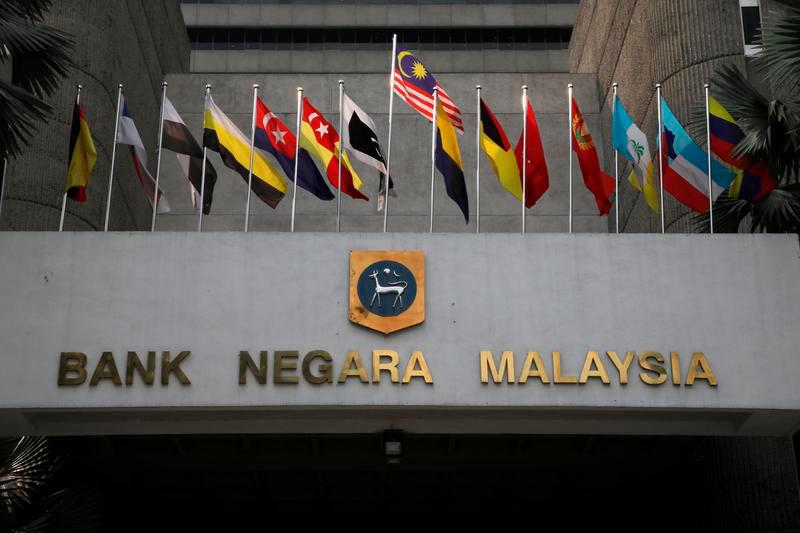PETALING JAYA: Bank Negara Malaysia’s (BNM) Monetary Policy Committee (MPC) has decided to retain the Overnight Policy Rate (OPR) at 1.75%.
In a statement on Tuesday, the committee highlighted that the latest indicators for Malaysia point towards significant improvement in economic activity in the third quarter.
BNM cautioned that the introduction of targeted measures to contain pandemic in several states could affect the momentum of the recovery in the fourth quarter. Nonetheless, it expects the growth for this year to be within the earlier forecast range and the economic activity for 2021 is projected to improve further.
“This will be underpinned by the recovery in global demand, turnaround in public and private sector expenditure amid continued support from policy measures, and higher production from existing and new facilities,” said the central bank.
However, it cautioned that the pace of recovery will be uneven across sectors, with economic activity in some industries remaining below pre-Covid-19 pandemic levels, and a slower improvement in the labour market.
Headline inflation is projected to average negative this year, given the substantially lower global oil prices, while for 2021, headline inflation is projected to average higher. “The outlook, however, will continue to be significantly affected by global oil and commodity prices. Underlying inflation is expected to remain subdued in 2021 amid continued spare capacity in the economy,” it said.
On the whole, the MPC considers the monetary policy stance to be appropriate and accommodative. It elaborated that the cumulative 125 basis points reduction in the OPR this year will continue to provide stimulus to the economy.
Moving forward, the committee said it will continue to assess evolving conditions and their implications on the overall outlook for inflation and domestic growth.
In a note, OCBC Treasury Research said BNM appears to be seeking to strike a balance on multiple fronts, as it acknowledges the downside risks, but also wants to note that the outlook remains brighter than what the headlines might suggest.
“Putting all the different pieces of the puzzle together, the picture looks to us to be one of a central bank that would not hesitate to act by cutting its policy rate, if it deems that the downside risks it mentioned start to weigh on growth momentum more visibly,” it said.
OCBC said if gross domestic product in the fourth quarter should be impacted further by either a slump in exports or an enforced shutdown of business activities, then BNM may even have an inter-meeting decision (ahead of its next scheduled meeting in Jan 19-20 2021) to cut as well – if necessary.
“That is still not our baseline, but the next few weeks – in terms of both domestic virus fight and global economic and financial market developments post US-election would be the key determinants.”
CGS CIMB Research said that while it had anticipated a 25-basis point downward revision, policymakers believe that a recovery in global demand, normalisation of public and private sector activity and policy support are sufficient to guide Malaysia’s GDP towards a target growth rate of 5.5% to 8% in 2021.
Looking ahead, the research house said despite its view that BNM retained the policy space to be more accommodative given the significant output gap and weak inflation outlook, it thinks the central bank is taking the stance that monetary policy is sufficiently calibrated. “Therefore, we expect the OPR to remain unchanged at 1.75% until end-2021.”
UOB Research concurred, saying the key rate should stay at 1.75% through 2021, unless significant downside risks appear.
“We expect further fiscal support measures in Budget 2021 that could include extension of cash aid, wage subsidies, and assistance for SMEs. Banks have intensified engagements with customers that require further assistance and offered ongoing support for households and SMEs that are facing difficulties.”














